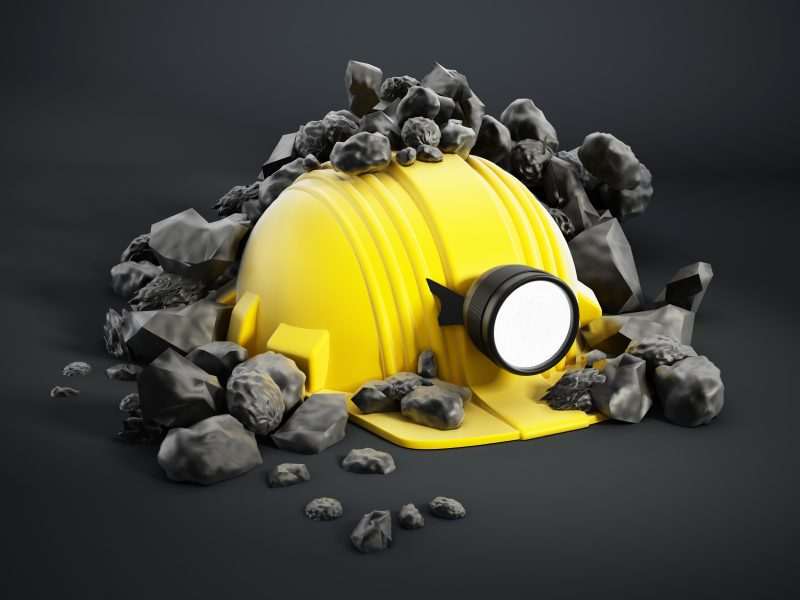Queensland’s 30,000 coal mine workers can now search online to find a doctor who meets special standards of expertise in occupational health and coal industry experience, in the latest measure to tackle black lung.
Natural Resources and Mines Minister Dr Anthony Lynham updated the annual Queensland Mining Industry Health and Safety Conference at the Gold Coast today on the latest reforms to protect the health and safety of the state’s coal workers.
“Early identification of black lung, or any other lung disease, is critical,” Dr Lynham said.
“The register, and the screening and auditing system that underpins it, will provide certainty to workers and their employers that our coal miners are receiving high quality screening. “
Doctors on the register have particular qualifications and experience standards for health assessments, lung function testing and chest X-ray imaging. Doctors will also be audited.
Dr Lynham said new standards had also been developed for the medical practices conducting the lung function, or “spirometry”, tests that are compulsory for all Queensland coal miners.
The Thoracic Society of Australia and New Zealand, the region’s leading lung health peak body, established the standards, which will come into effect by the end of 2017.
These standards set out clear requirements, including training for staff members, spirometry testing and interpretation, spirometry equipment, and quality control.
Spirometry standards and the medical register are the latest in a series of reforms flowing from an independent review of the coal mine workers’ health scheme by a Monash University team.
All of the review’s 18 recommendations are either finalised or being implemented.
This includes coal miners’ compulsory chest X-rays being assessed at least twice; firstly by an Australian radiologist and then by US-based experts. By the end of this year, the second check will be done in Australia by qualified B-reader Australian radiologists.
Since 1 May, Queensland has a new recognised standard for underground respirable dust control, to help mines identify key areas of dust generation and assist with managing the risk of worker exposure.
Respirable dust monitoring results from Queensland’s coal mines are being published online quarterly, with the first results available since last month.
Monash University is also reviewing more than 30 years of health record data of Queensland coal mine workers to recommend future research activity.
“Monash University’s findings will help identify improvements to the way the data of health records is captured, analysed and used,” Dr Lynham said.
He said the pace of reform had been possible with the support of industry, unions and government working together, including through the joint coal mining safety and health advisory committee.
To access the medical register visit www.dnrm.qld.gov.au














Add Comment